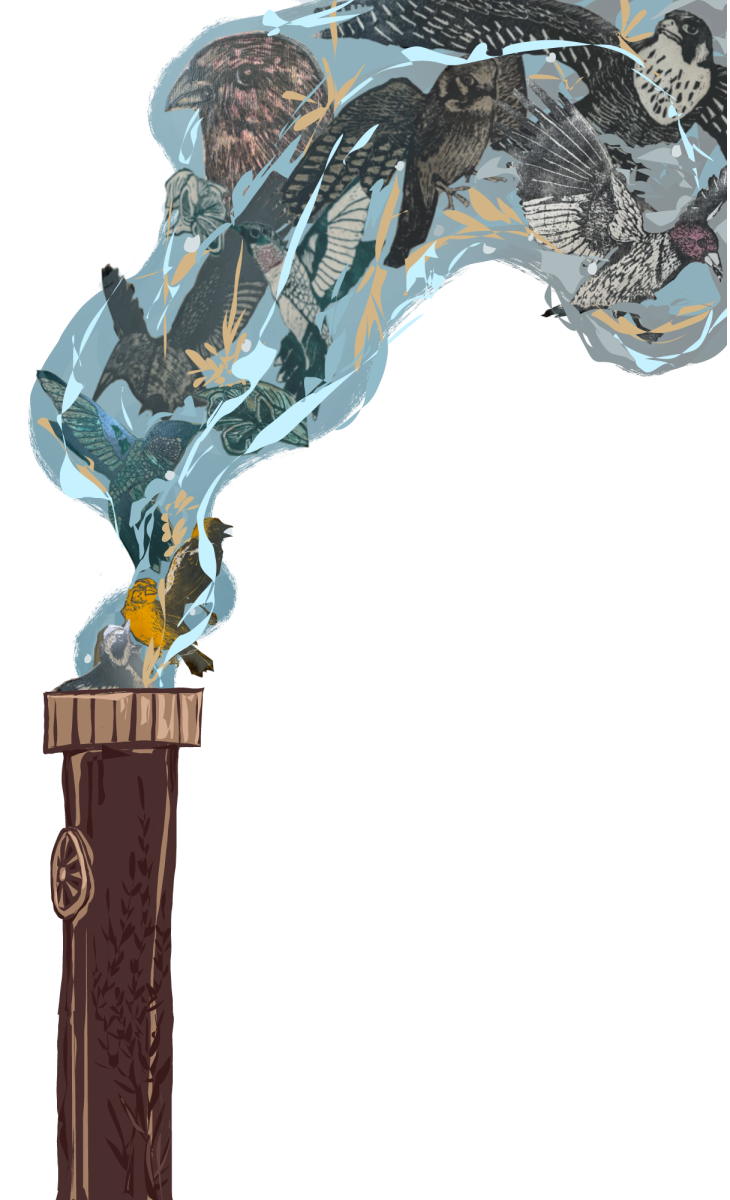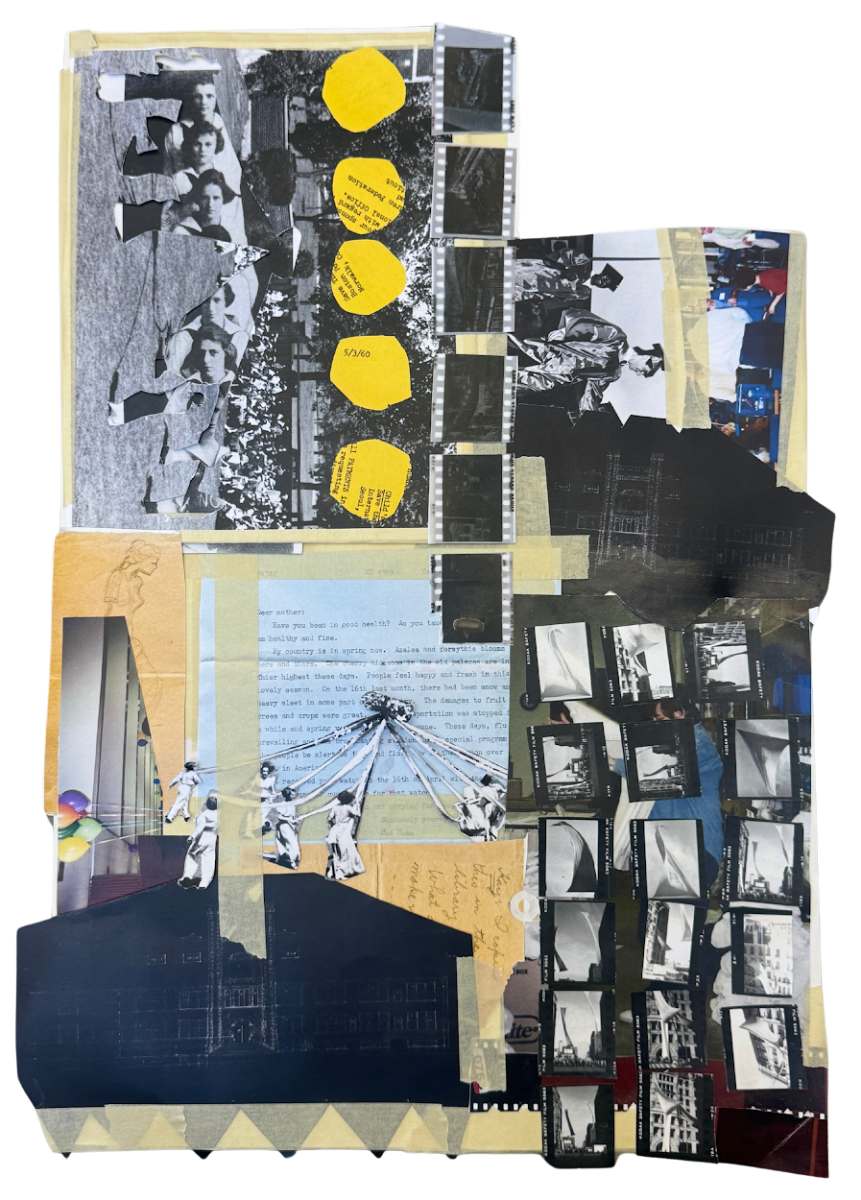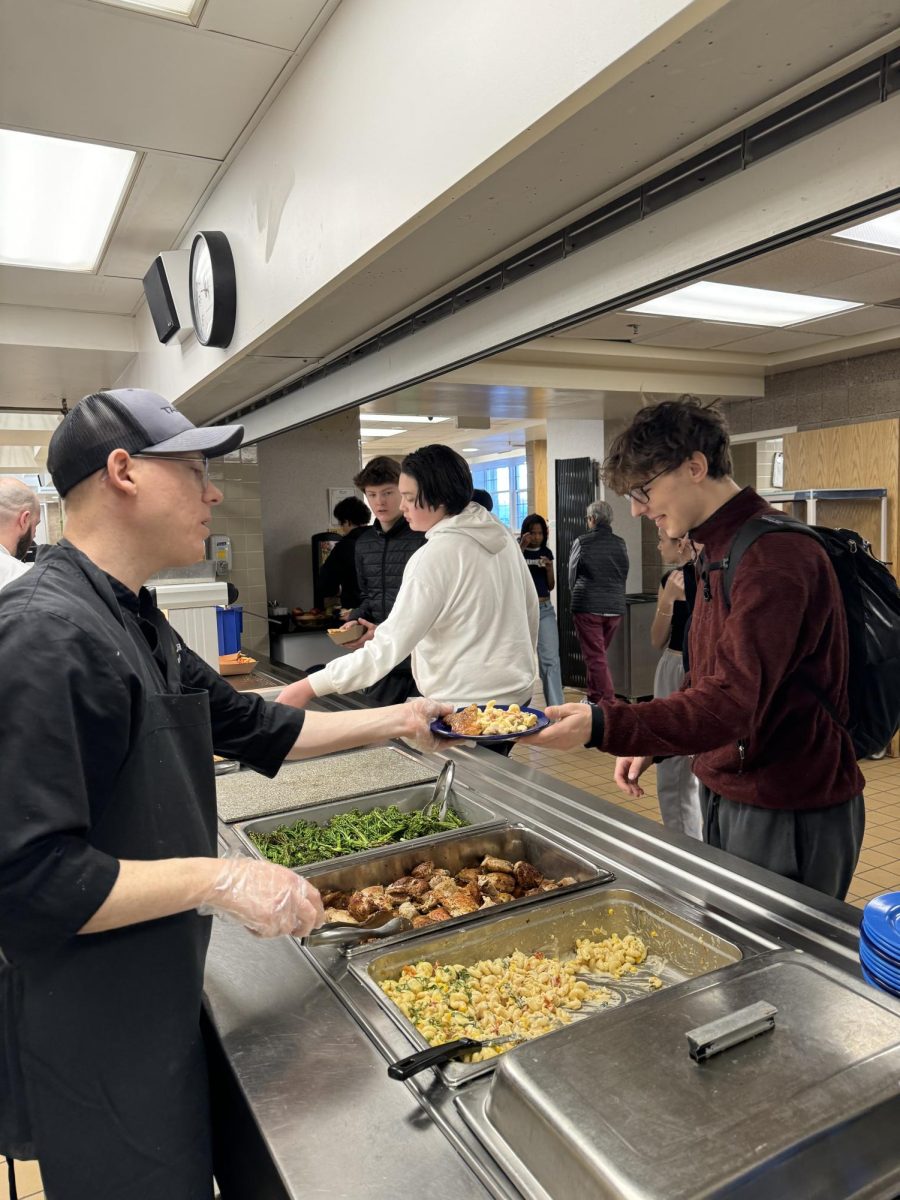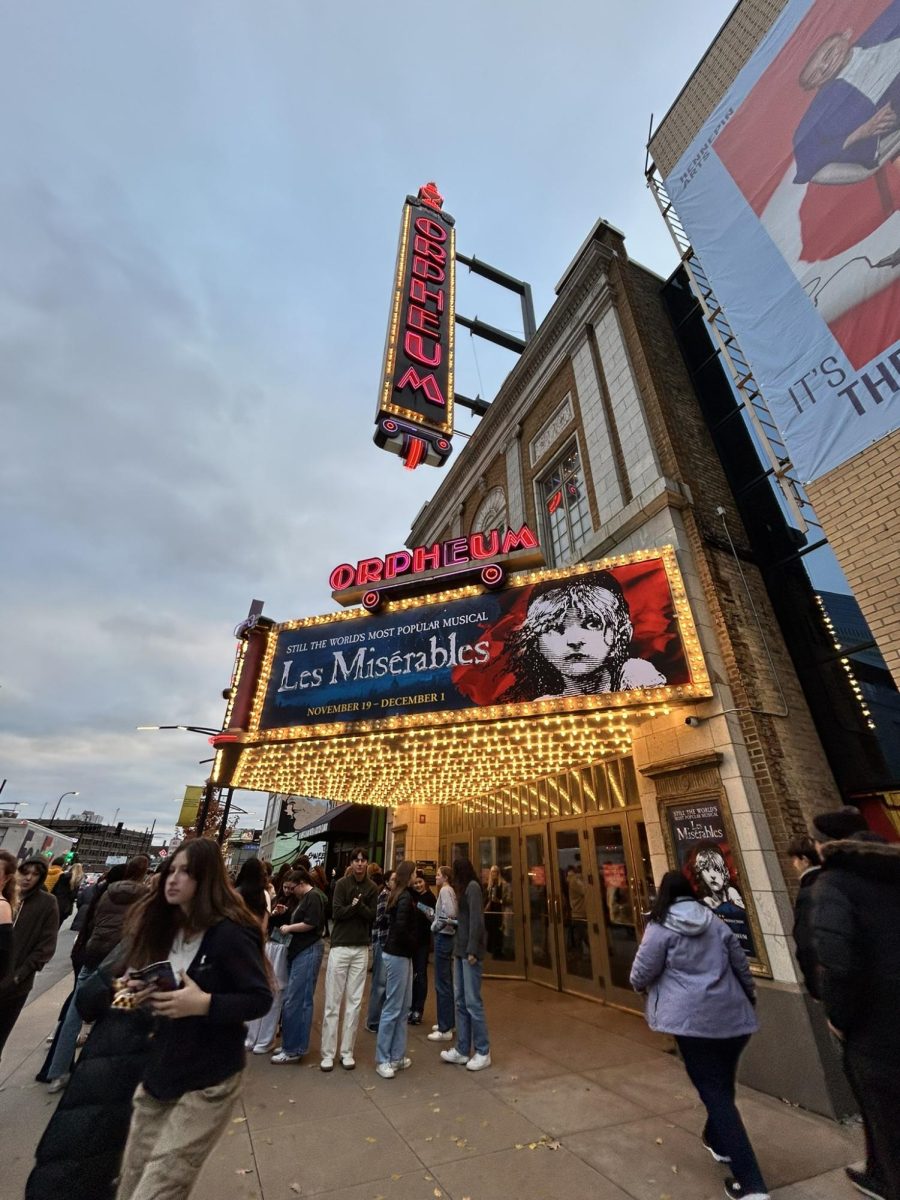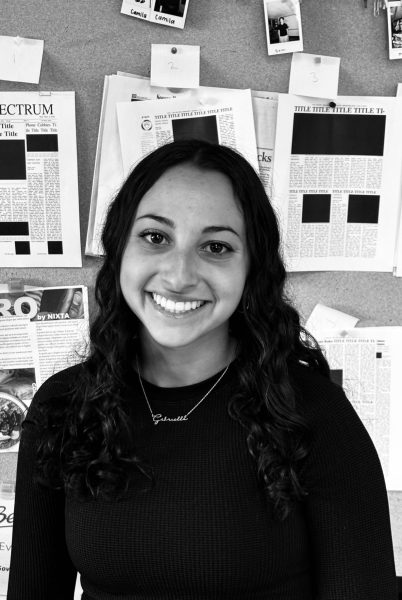“You bounce to the beat of the drum and then move your arms which have a shawl around them, and it’s supposed to mimic the flight of a butterfly,” says Sofia Wyatt ‘25 while explaining fancy shawl dancing. As she is part of the Shawnee and Quapaw tribes, Wyatt has been a fancy shawl dancer in powwows since she was six years old and attends between two to six each year.
The costume worn by fancy shawl dancers, called regalia, consists of a unique pattern chosen based on the dancer’s tribe, or an animal related to their clan. Every dancer has a different pattern with a wide variety of colors, representing their tribe and personalities. Wyatt explains, “Mine was made by my dad’s work friend because my grandma doesn’t sew or bead anymore. But the colors made the design: It was related to my tribe and what I wanted it to look like, and it’s a kind of clothing that’s fun and special to wear during dancing.” Fancy shawl dancing requires more athleticism than the other styles of dancing, including jumping around, and using intricate footwork.
While watching others and participating in powwows as she grows up, Wyatt reflects on the relation she gains with her community; “It’s a way for me to stay connected to my culture because I don’t live where my tribe resides, but I can dance anywhere at any powwow, in any part of the country.” One of the powwows Wyatt attends every year is in Oklahoma, where she dances and spends time with her extended family. Minnesota has some bigger Powwows each year with different tribes other than her own, allowing Wyatt to meet and talk to new people during the event and while waiting to compete. She has participated in the Prairie Island Powwow and a few others in Minnesota, but the one she participates in every year is the Shakopee Mdewakanton Sioux Community Wacipi Powwow, which is the second biggest powwow in the country.
Wyatt explains, “I think a lot of people don’t know what powwows are, and don’t see it happen or know about the traditional dancing that you can compete in. It’s very important to the culture, but it’s also fun. I would encourage people to attend one; the second biggest powwow in the nation is in Minnesota, Shakopee. I would encourage people to go because it’s a really interesting and unique experience.”





